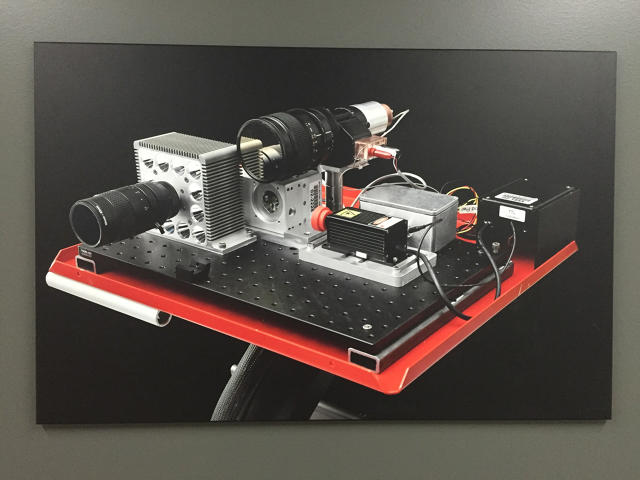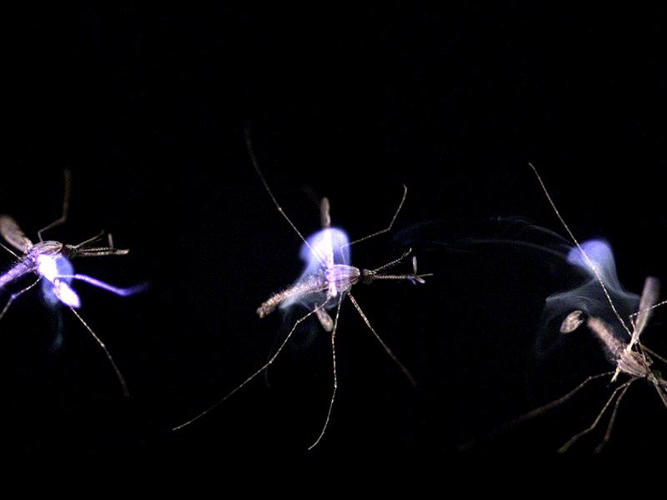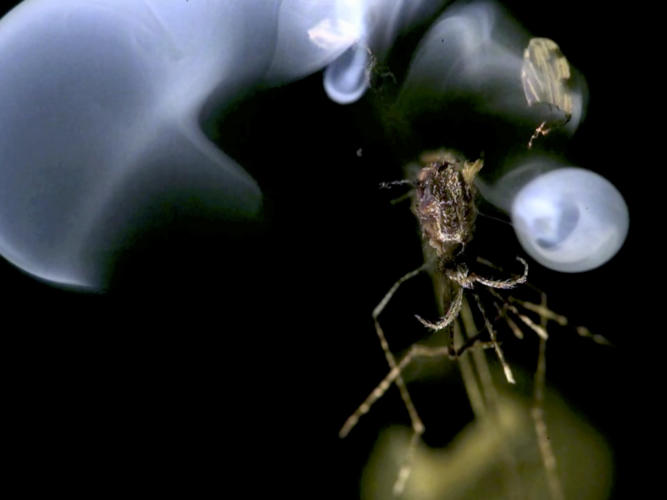What Happened To The Mosquito-Zapping Laser That Was Going To Stop Malaria?
Six years ago at TED, former Microsoft CTO and general genius Nathan Myhrvold demonstrated a “photonic fence” that uses lasers to track and obliterate disease-carrying mosquitoes.
Everyone got so excited (even this site), about the potential of ending the malaria crisis with such a simple display of anti-mosquito aggression.
Six years later, it seems that mosquitoes are still flying, unmolested by deadly lasers. So what happened to the idea? Did it fly, or enter the trash can of history?
The answer is that the project is doing quite well—but perhaps not in the revolutionary manner that would keep generating the same breathless headlines. But the technology has been licensed out for commercial use. The U.S. Commerce Department is paying for a demonstration in Germany this month. And field trials are set to begin in the third quarter. The “mosquito laser” has legs—even if some still think killing mosquitoes with lasers is a bit overelaborate.

Arty Makagon is the project lead at Intellectual Ventures (IV), Myhrvold’s product development company. He says the fence has killed 10,000 mosquitoes in tests so far, and could be deployed at up to 100 meters across. Linked together, multiple laser fences could potentially protect a large area.
IV originally saw the fence as a malaria solution for the developing world. But it’s now focused on other uses, including hospitality (protecting hotels from bugs) and agriculture. “We’re going to deploy this in the developed world first. So the system is economically viable, and then come back and deploy across the developing world for malaria eradication,” Makagon says.
The system uses a low-energy laser beam and a reflective surface to create a silhouette of insects passing through. Once the machine recognizes a mosquito (or other insect), it alerts a stronger, green laser that zaps the airborne animal for quarter of a second, disabling or killing them.

The idea is to erect a fence of lasers between where mosquitoes are breeding and where they go looking for human blood (around a village, say). Makagon says the machine can kill 99% of the insects it identifies, and that mosquitoes are unlikely to fly over the fence: Experiments show that 95% fly below half a meter, he says.
Makagon points to several potential advantages. First, you don’t need so much chemical spray, or have to worry that insects are building resistance to whatever you’re using. Second, the machine can count insects, helping wider eradication efforts.
“Aside from being a local insect control application, it also collects data that you can aggregate and share with the local government, so perhaps they can do integrated pest management,” he says. “We don’t think the fence is going to replace all insect control, but, because of its unique features, it can inform other interventions, so you don’t need to spray across an entire area.”
Frankly, it doesn’t sound like the photonic fence is going to be the thing that “zaps malaria” as that original TED talk suggested it might. But perhaps it could have uses in tracking and killing some insects, and help wider insect-repelling efforts. That wouldn’t be a bad start.




Fast Company , Read Full Story
(80)














